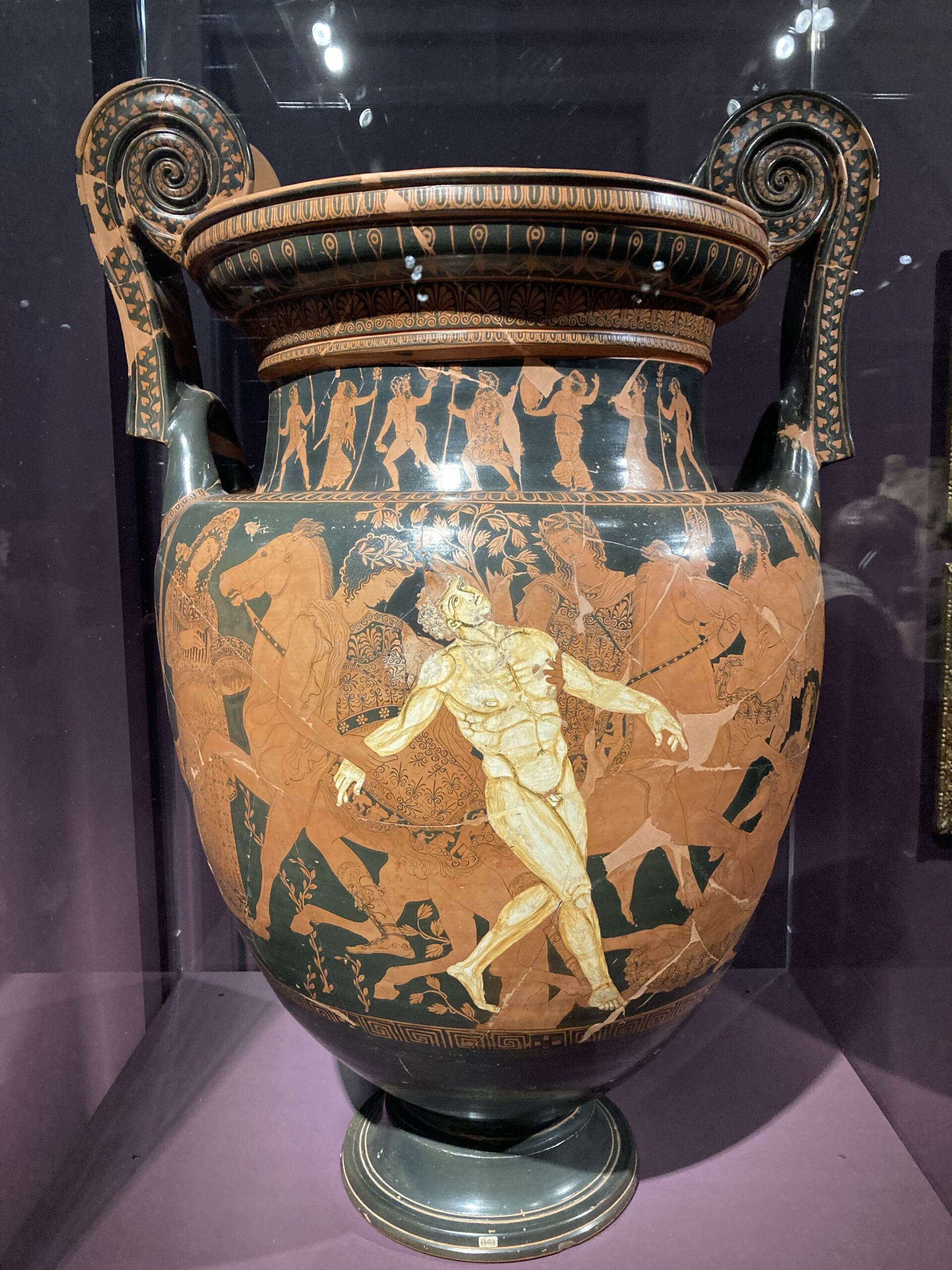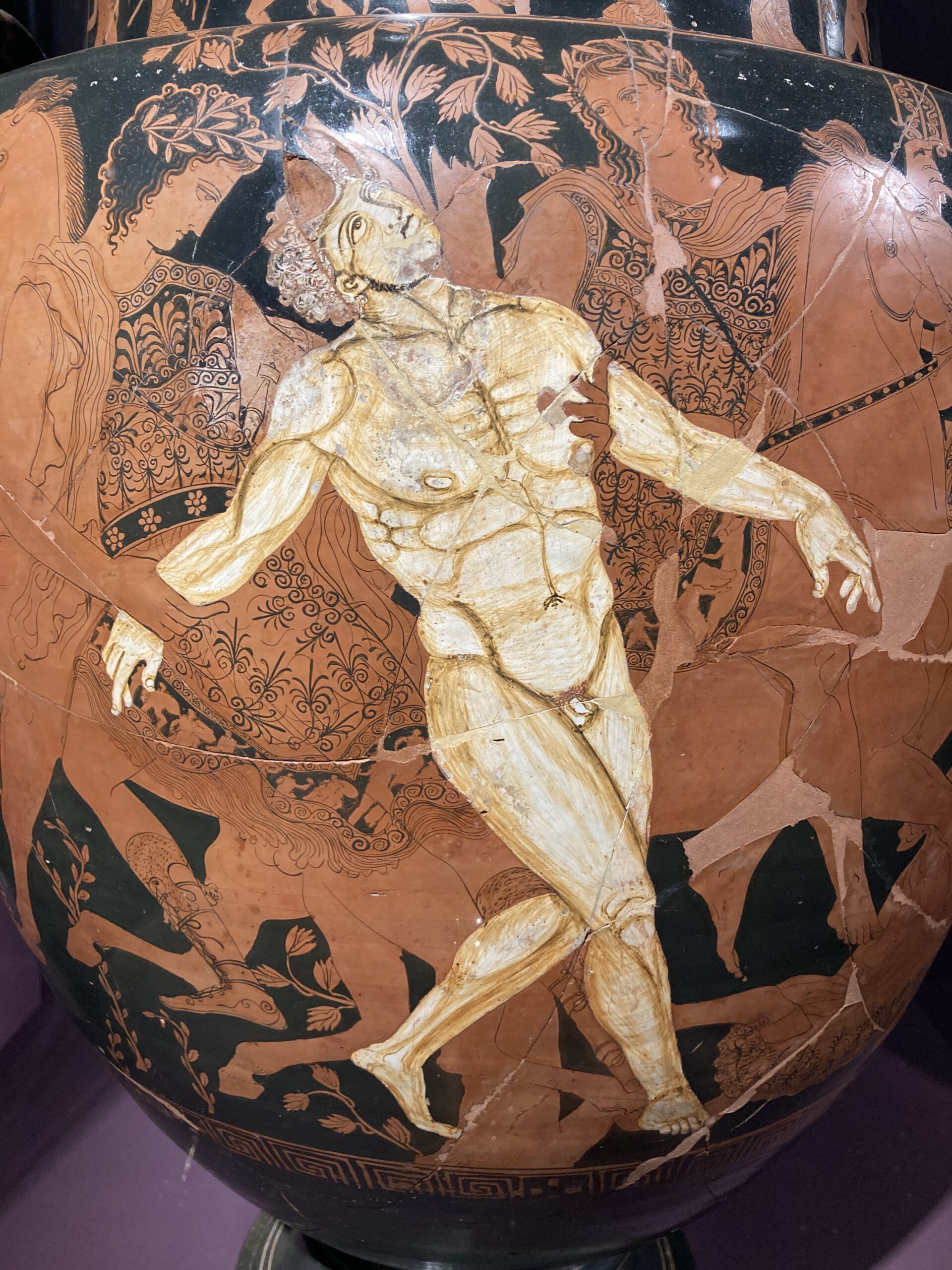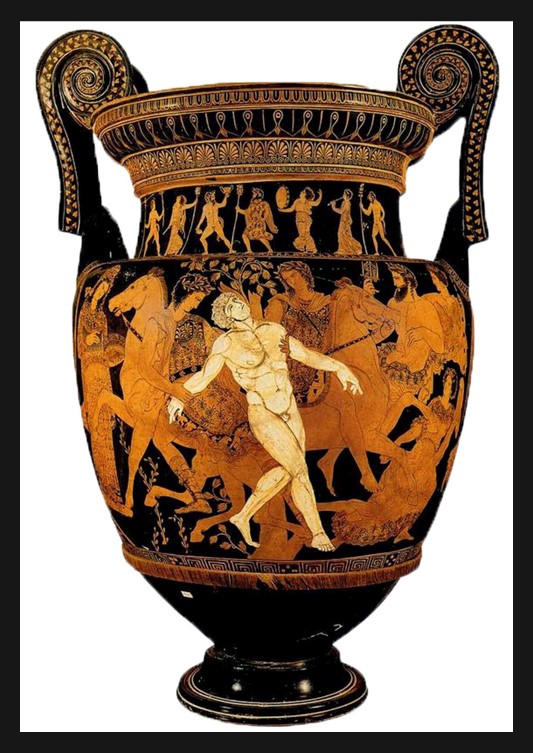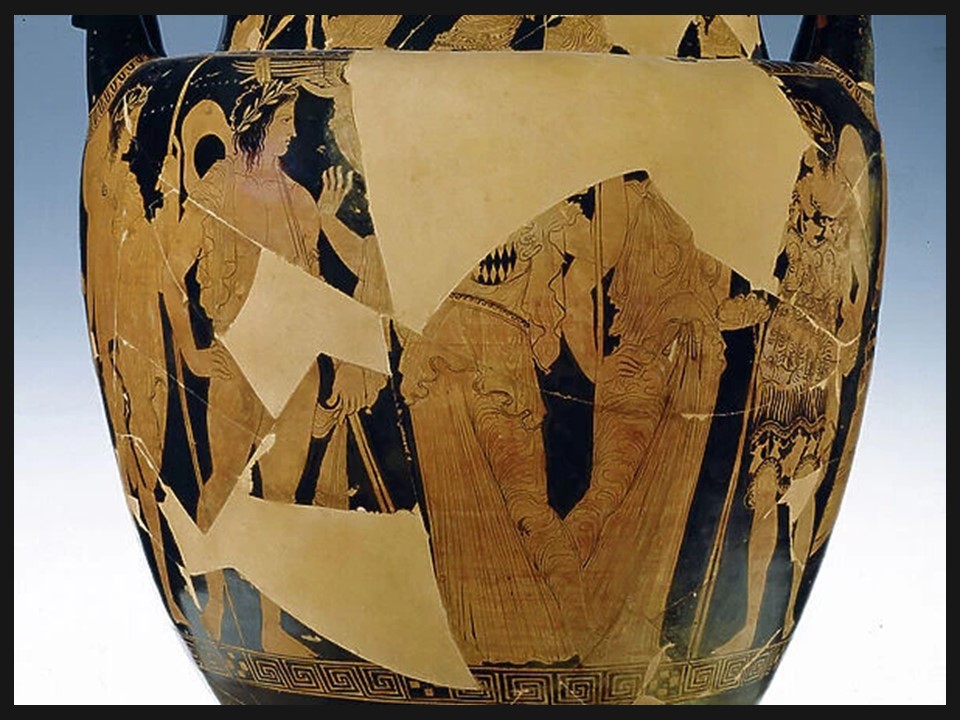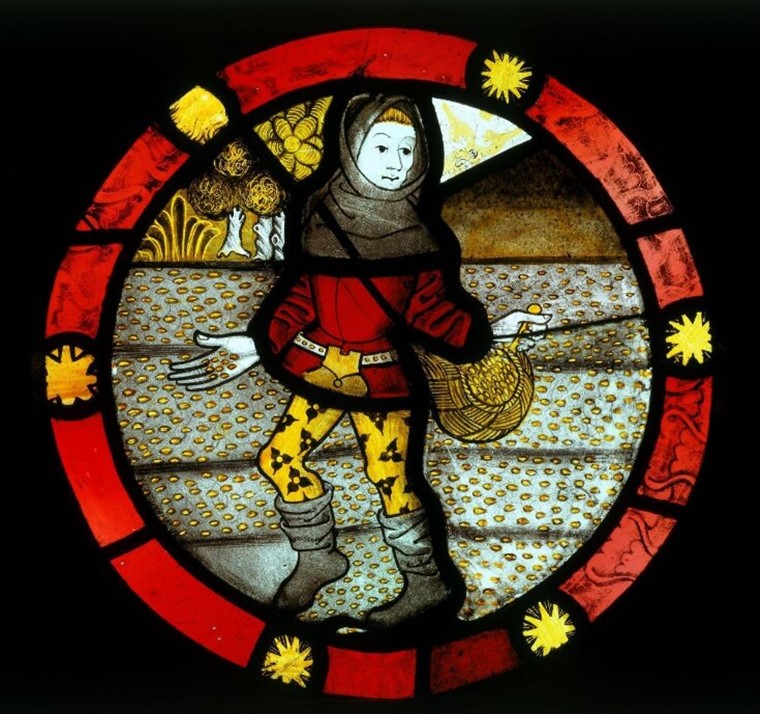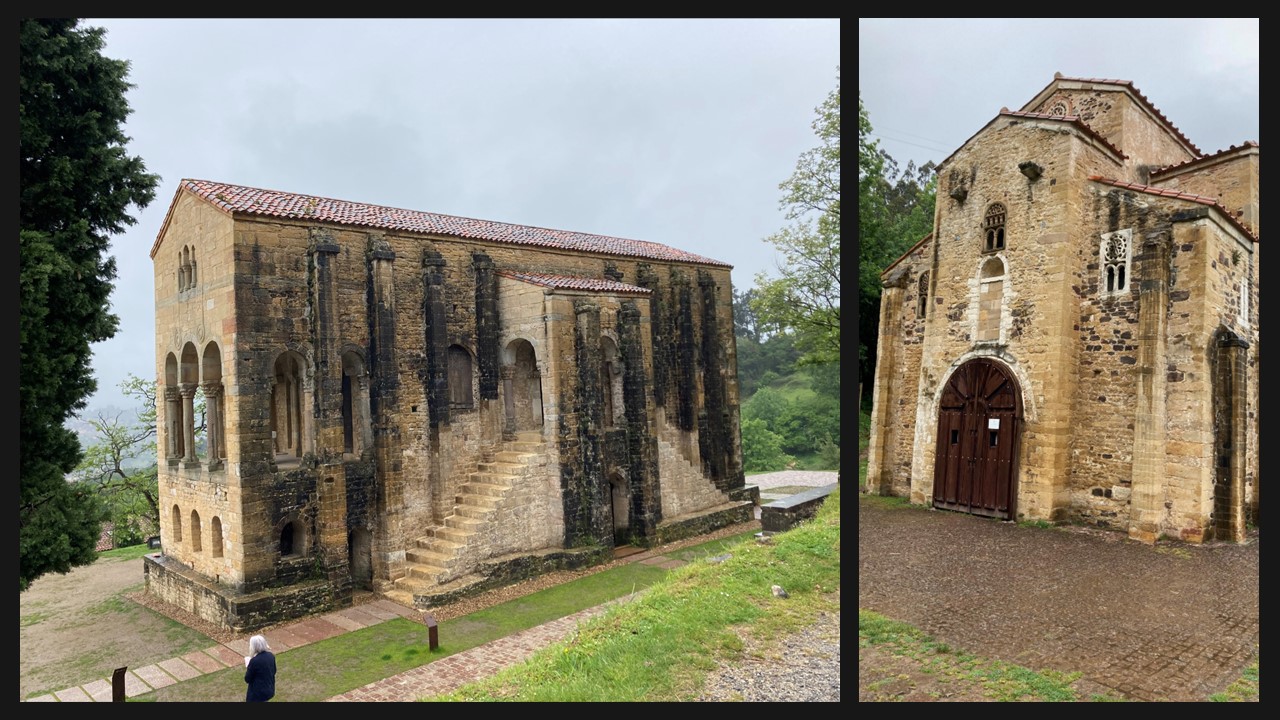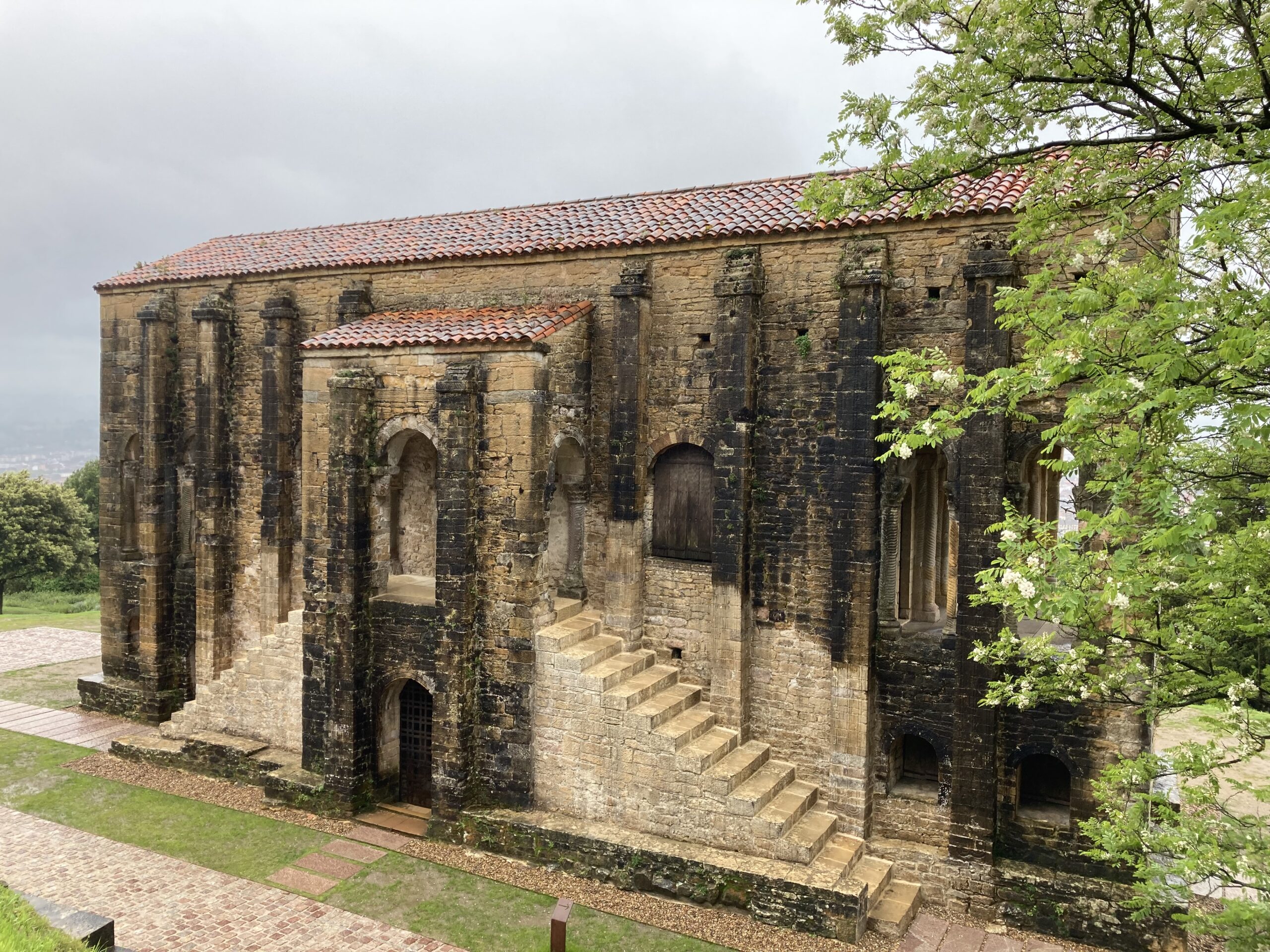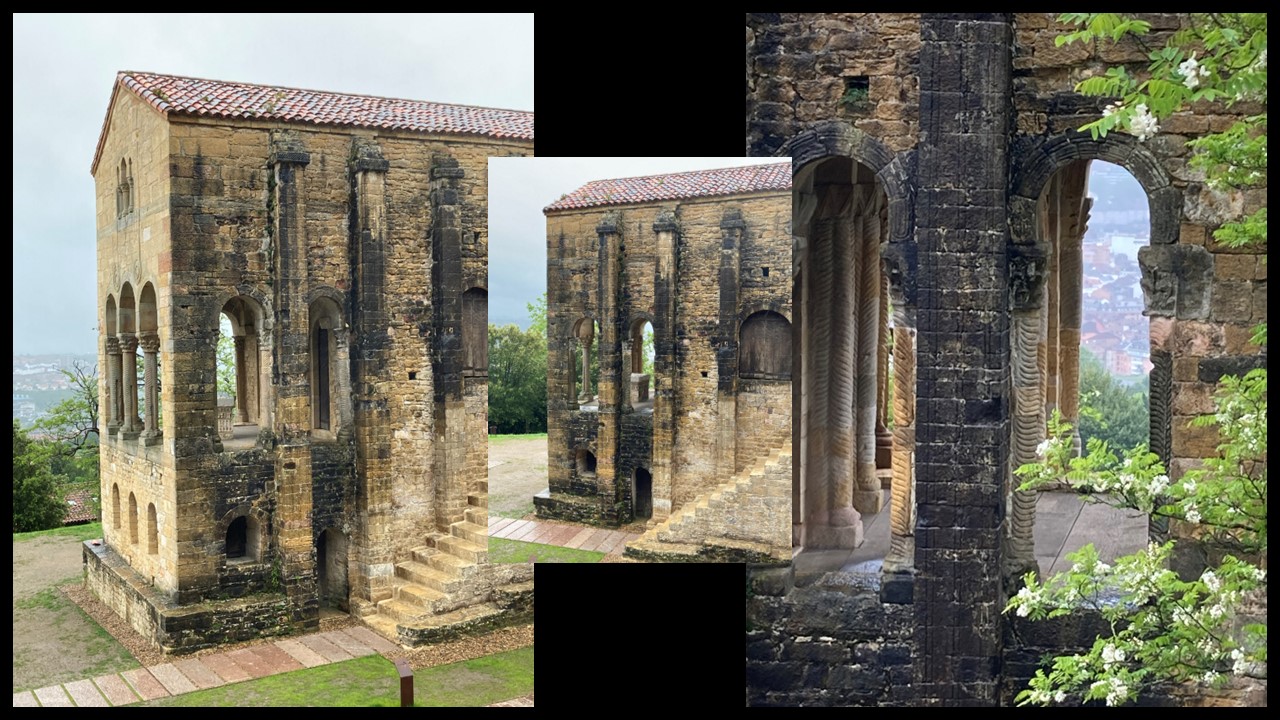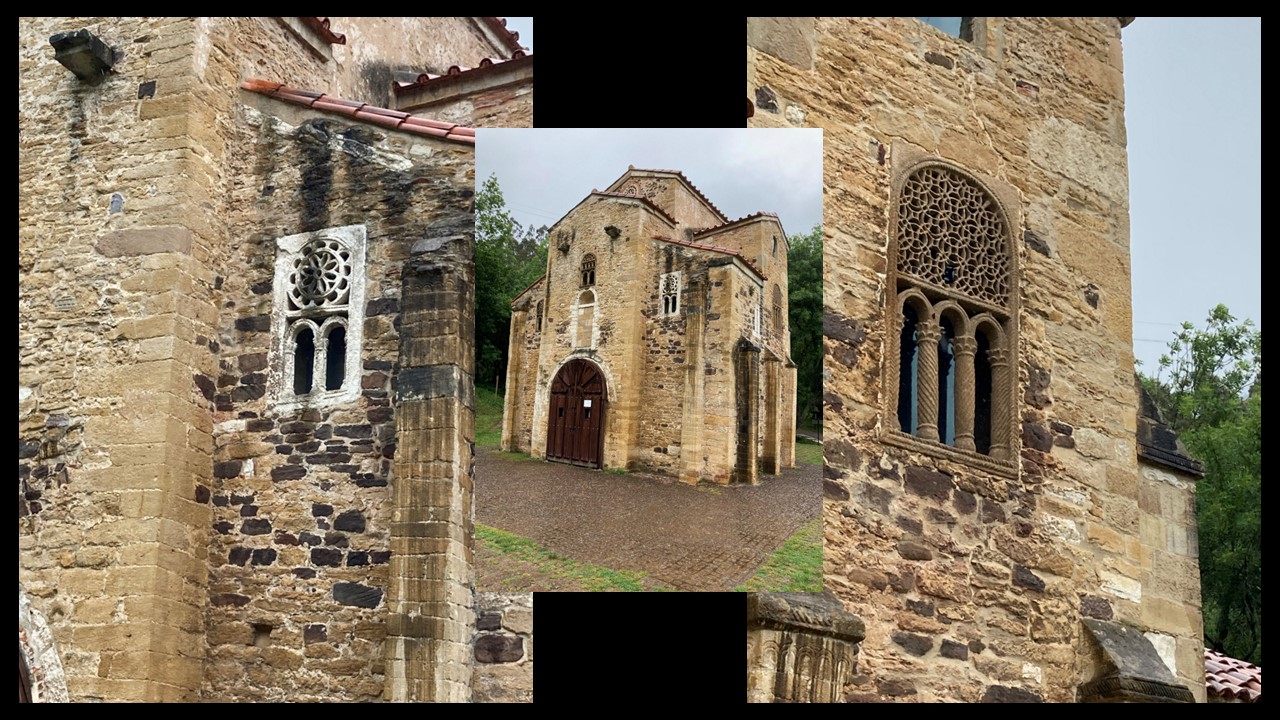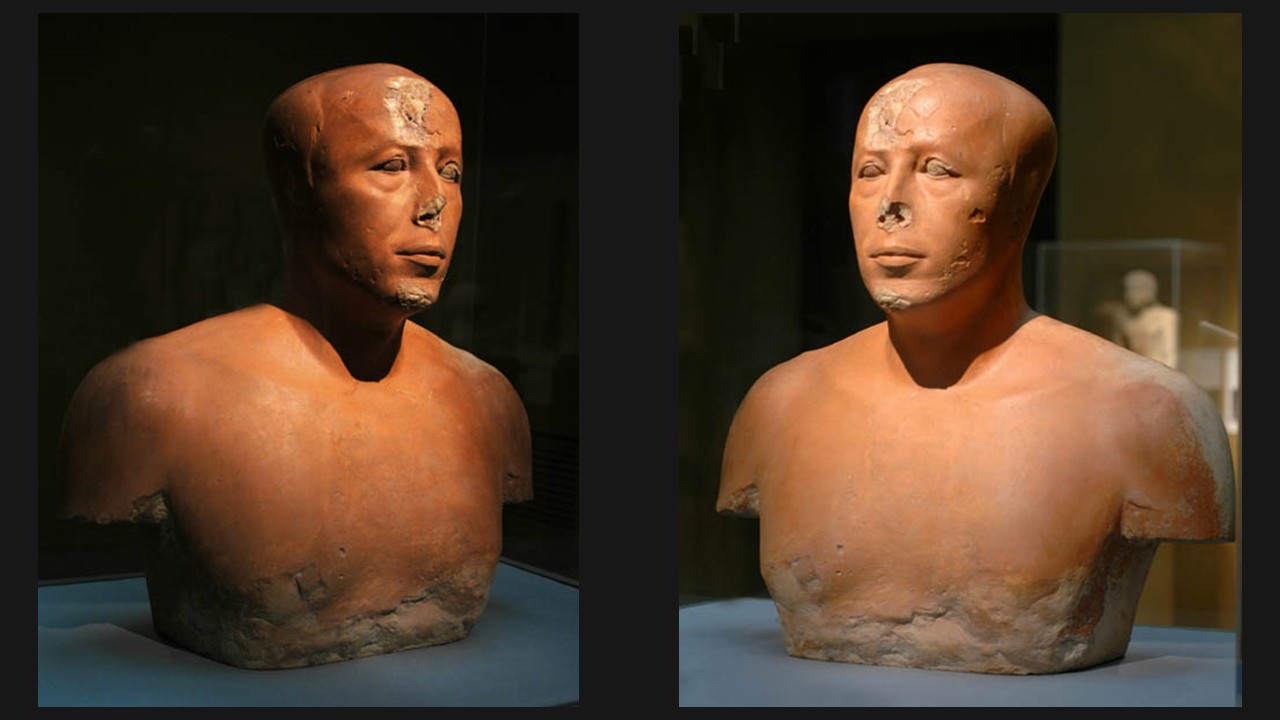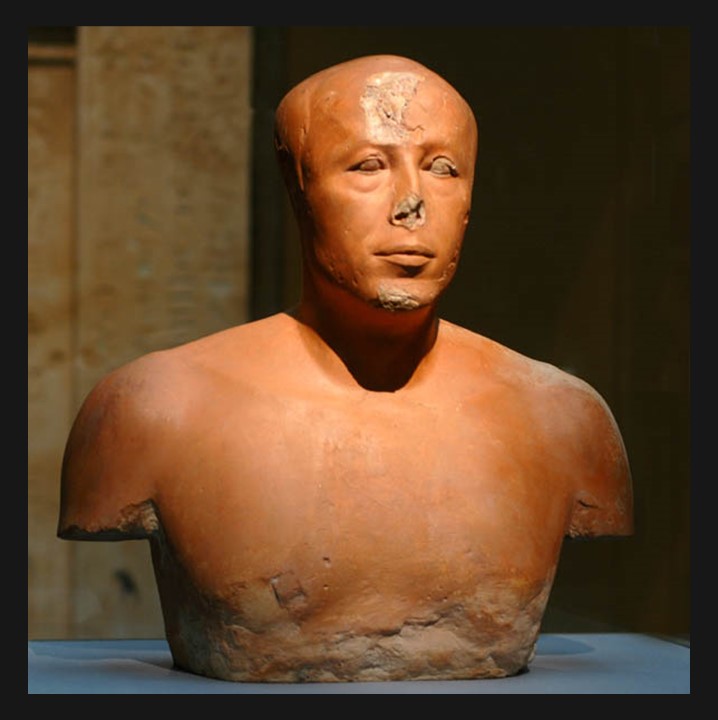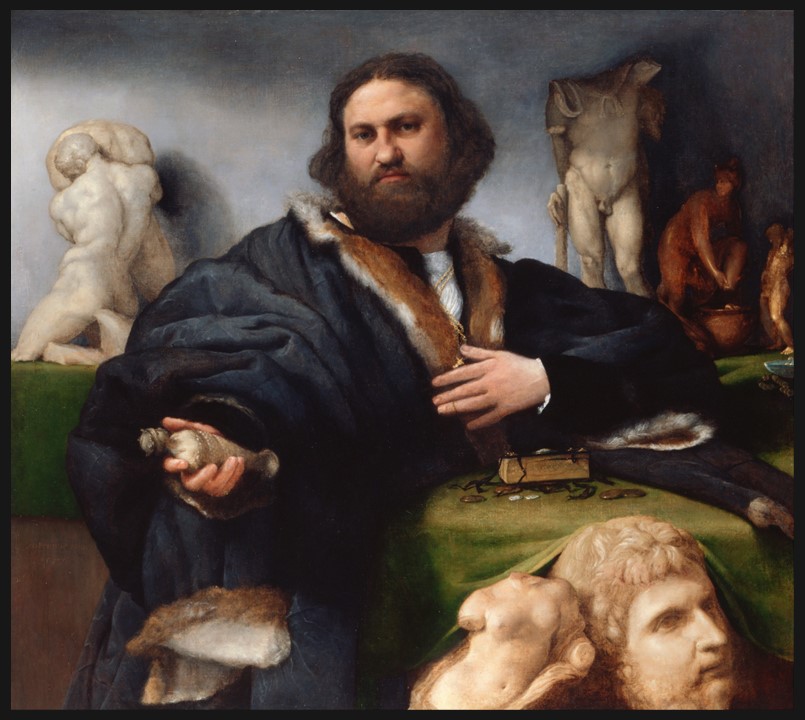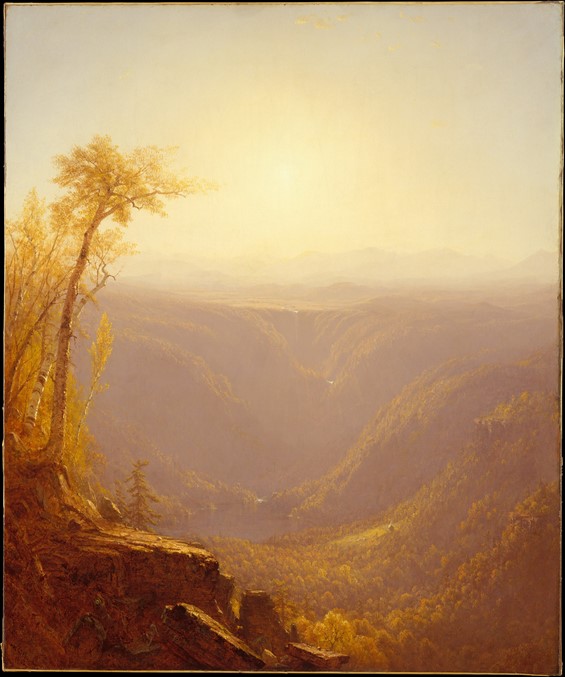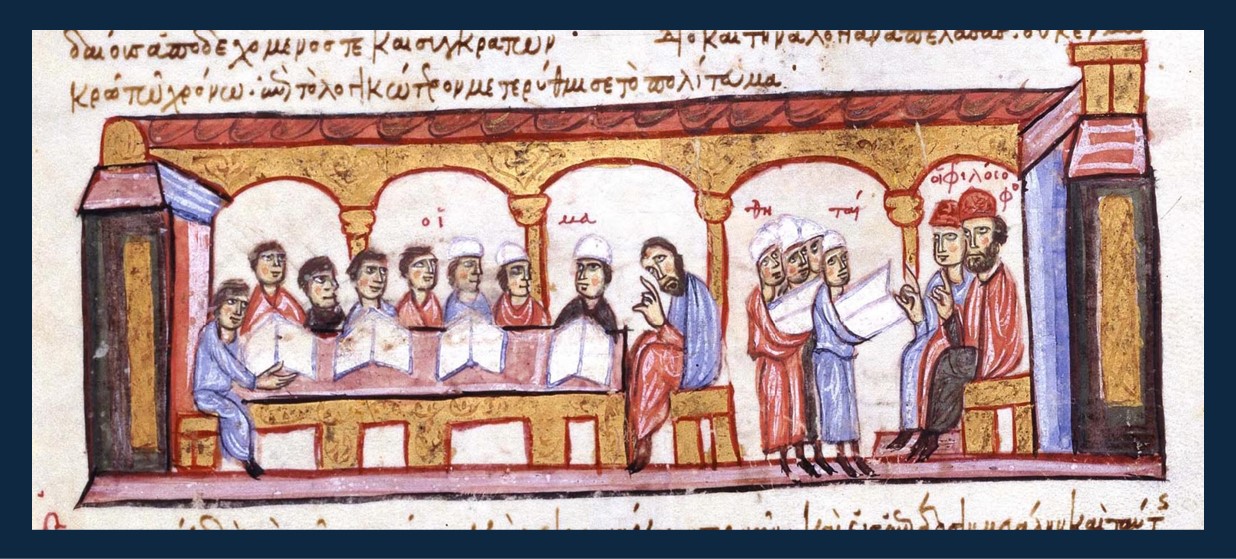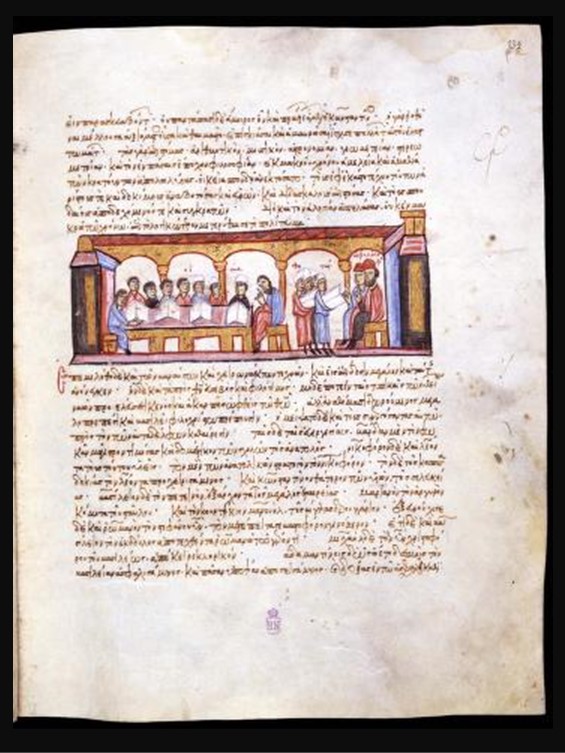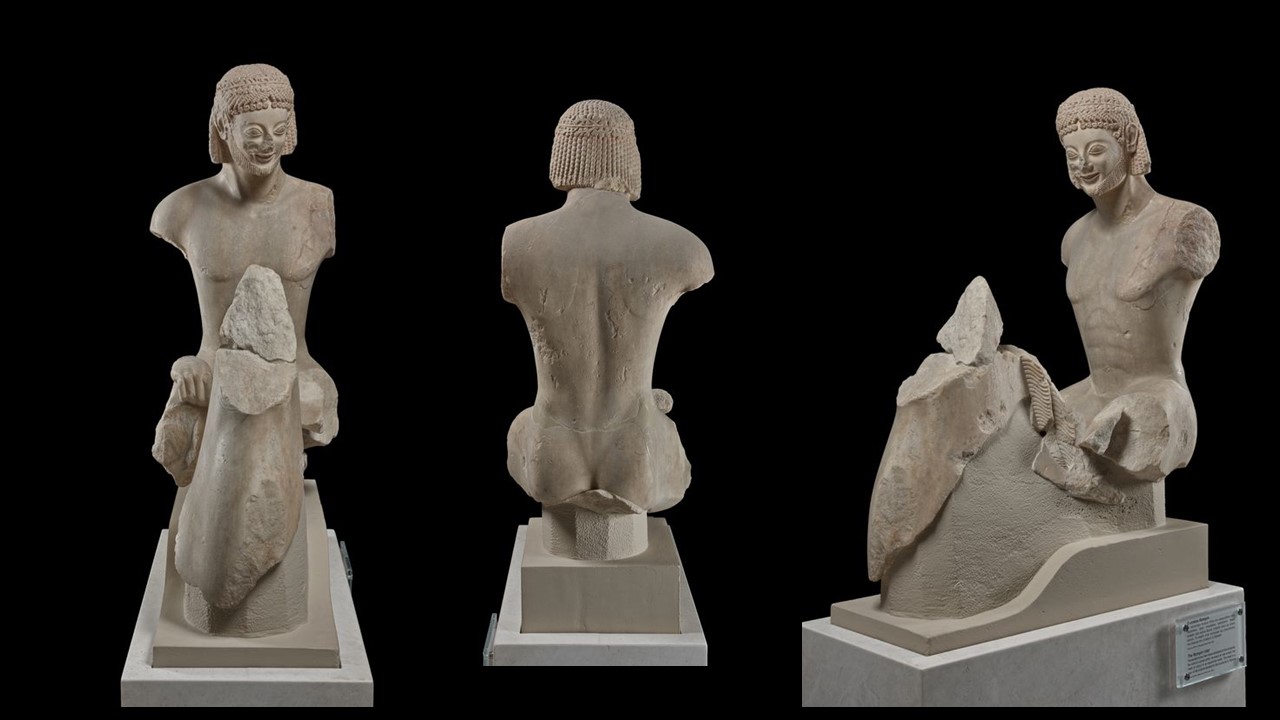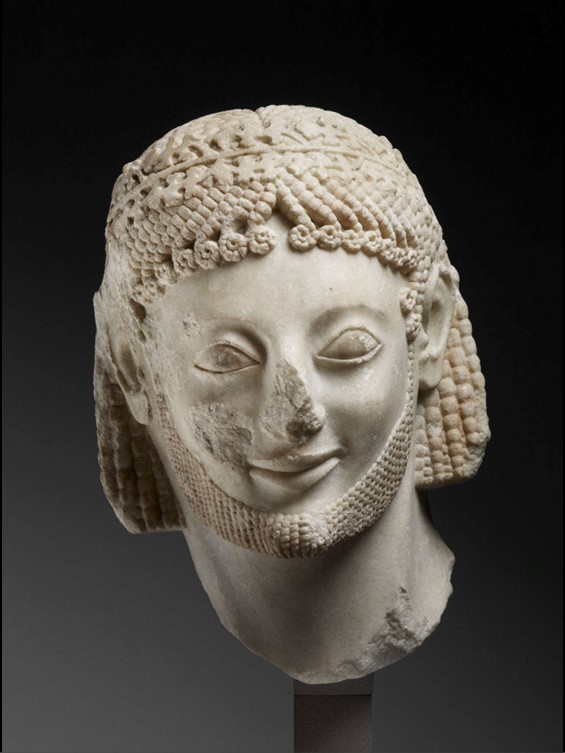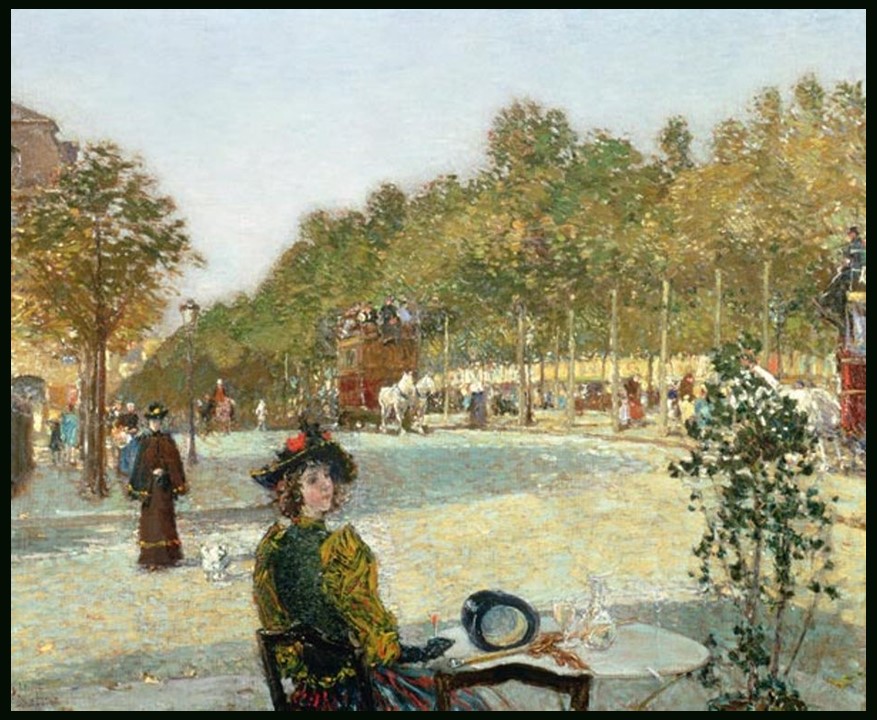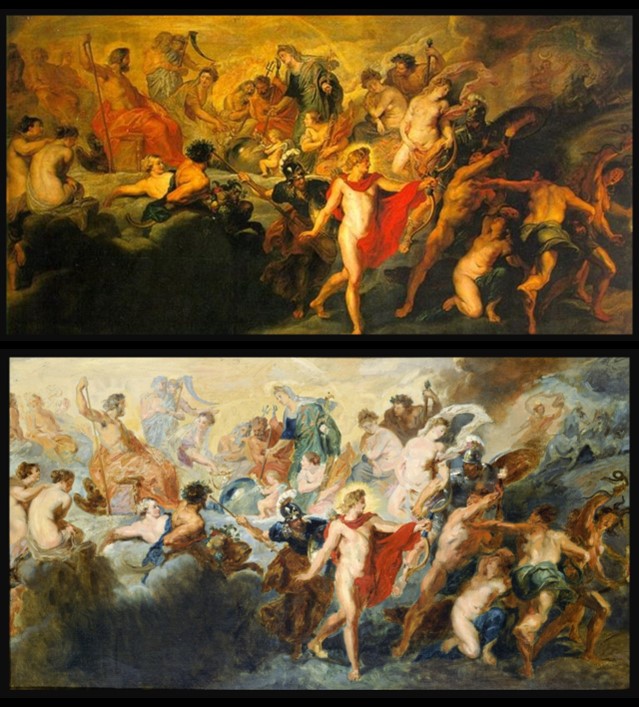
The Council of the Gods, 1621-25, Oil on Canvas, 394×702 cm, Louvre, Paris, France https://www.wikiart.org/en/peter-paul-rubens/the-council-of-the-gods-1624
Pierre-Auguste Renoir, French Impressionist Artist, 1841–1919
Copy after “The Council of the Gods” by Peter Paul Rubens, 1861, Oil on Canvas, 45.8 x 83.5, National Museum of Western Art, Tokyo, Japan https://collection.nmwa.go.jp/artizewebeng/search_7_detail.php
In the world of art, the interplay between inspiration and imitation often creates fascinating dialogues across time, as seen in the connection between Peter Paul Rubens’s The Council of the Gods and Pierre-Auguste Renoir’s faithful copy of the same masterpiece. Rubens’s original, a vibrant Baroque tableau teeming with mythological deities, showcases his mastery of dynamic composition and rich colouration, celebrating the grandeur of the divine. Centuries later, Renoir, an Impressionist renowned for his luminous and delicate brushwork, meticulously recreated Rubens’s work, demonstrating not only his admiration for the Flemish master but also his own evolving style through this act of homage. While identical in subject, the ‘Council of the Gods’ by Rubens and Renoir reflect the distinct artistic sensibilities and techniques of their respective creators, bridging the Baroque and Impressionist eras in a captivating visual conversation.
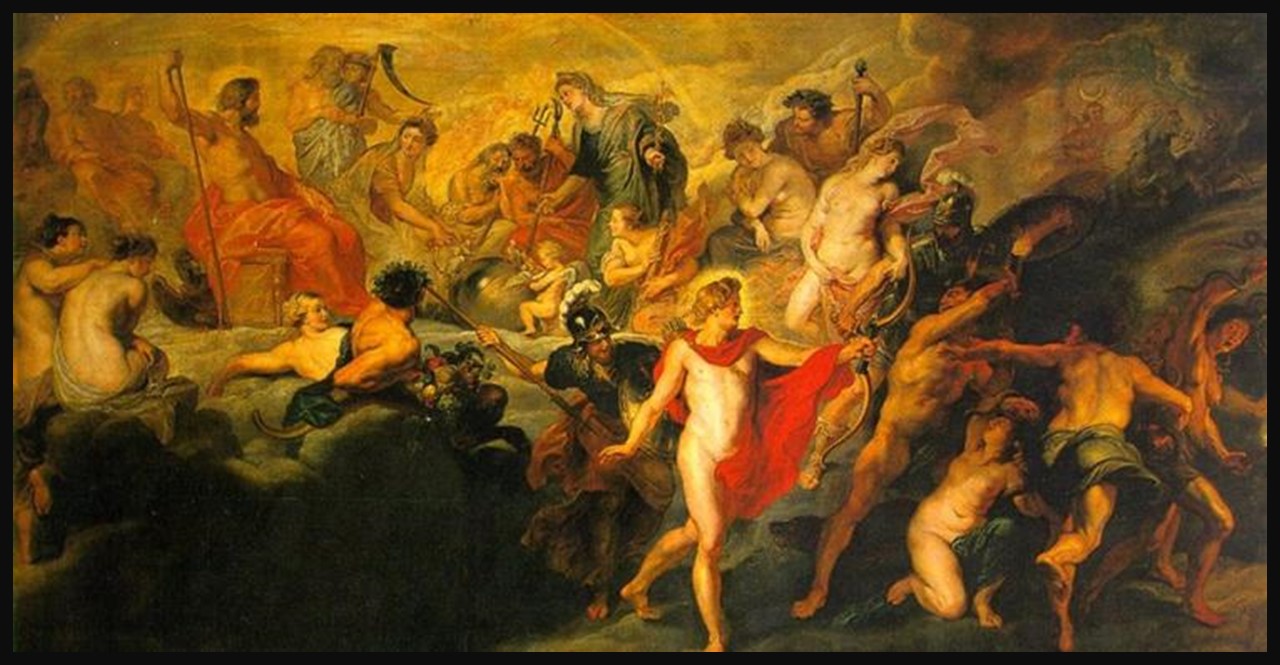
The Council of the Gods, 1621-25, Oil on Canvas, 394×702 cm, Louvre, Paris, France https://www.wikiart.org/en/peter-paul-rubens/the-council-of-the-gods-1624
Peter Paul Rubens’s Marie de’ Medici Cycle is a monumental series of 24 large-scale paintings commissioned by the Queen of France, to glorify her life and reign. Completed between 1622 and 1625, the cycle is a masterful fusion of Baroque dynamism, allegory, and historical narrative, vividly depicting key events from Marie’s life intertwined with mythological and symbolic figures. Rubens skillfully portrays the queen’s political achievements, personal trials, and divine favour, using his characteristic robust figures, dramatic compositions, and vibrant colours. The Medici Cycle, housed in the Louvre, stands as one of Rubens’s most ambitious works, exemplifying his ability to blend grand historical themes with the opulence and drama of the Baroque style.
The Council of the Gods, part of Rubens’s Medici Cycle, is a complex and allegorical painting that commemorates Marie de’ Medici’s role as regent of France and her efforts to promote peace in Europe through strategic royal marriages. The painting, one of the least understood in the cycle, presents a celestial assembly of mythological figures, including Apollo, Pallas, and Cupid, who symbolize Marie’s commitment to overcoming discord and fostering harmony. Central to the composition are Cupid and Juno binding two doves over a split sphere, symbolizing Marie’s hopes for a peaceful alliance between France and Spain through the marriages of her children, Louis XIII and Elizabeth, to the Spanish royals. The lack of a specific temporal or spatial setting, combined with the rich array of deities, creates a scene that transcends literal interpretation, instead serving as an allegory for Marie’s dedication to peace and continuity of her late husband’s policies during her regency.
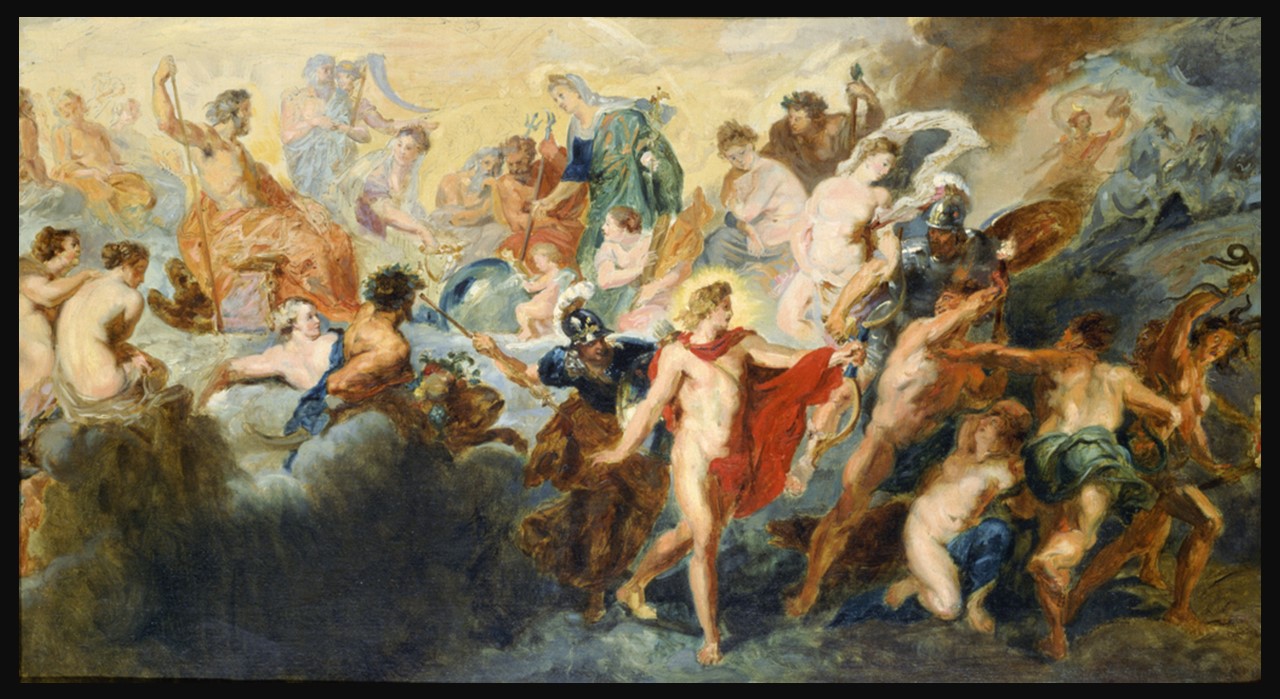
Copy after “The Council of the Gods” by Peter Paul Rubens, 1861, Oil on Canvas, 45.8 x 83.5, National Museum of Western Art, Tokyo, Japan https://collection.nmwa.go.jp/artizewebeng/search_7_detail.php
Pierre-Auguste Renoir, one of the leading figures of the Impressionist movement, was profoundly influenced by the masterpieces housed in the Louvre during his formative years as an artist. Growing up in close proximity to this treasure trove of art, Renoir developed a deep admiration for the works of great colourists in art history, particularly Peter Paul Rubens, François Boucher, and Eugène Delacroix. These artists, known for their mastery of colour, light, and form, became central to Renoir’s own artistic development.
In 1861, after obtaining permission to copy works from the Louvre’s galleries, Renoir embarked on the meticulous study of Rubens’s monumental 1622–1625 Marie de’ Medici cycle. One of the pieces he replicated during this period was Rubens’s Council of the Gods. This work, originally part of the larger Marie de’ Medici series, portrays a gathering of the classical deities in a vibrant and dynamic composition.
Renoir’s copy of The Council of the Gods (housed at The National Museum of Western Art, Tokyo) reflects his keen observation and skilful replication of Rubens’s use of colour, anatomy, and movement. By engaging with Rubens’s work in such a direct manner, Renoir was able to internalize the poses of the nude deities, which he viewed as epitomes of idealized human form. This exercise was not merely a technical reproduction but a profound learning experience that shaped Renoir’s understanding of figure painting, particularly in how to portray the nude human body with a sense of vitality and grace. The artist’s engagement with Rubens’s work was a crucial step in his artistic journey, providing him with a foundation in classical techniques and an understanding of the expressive potential of colour and form. These elements would later become hallmarks of his own distinctive style.
For Student Activities, please… Check HERE!
